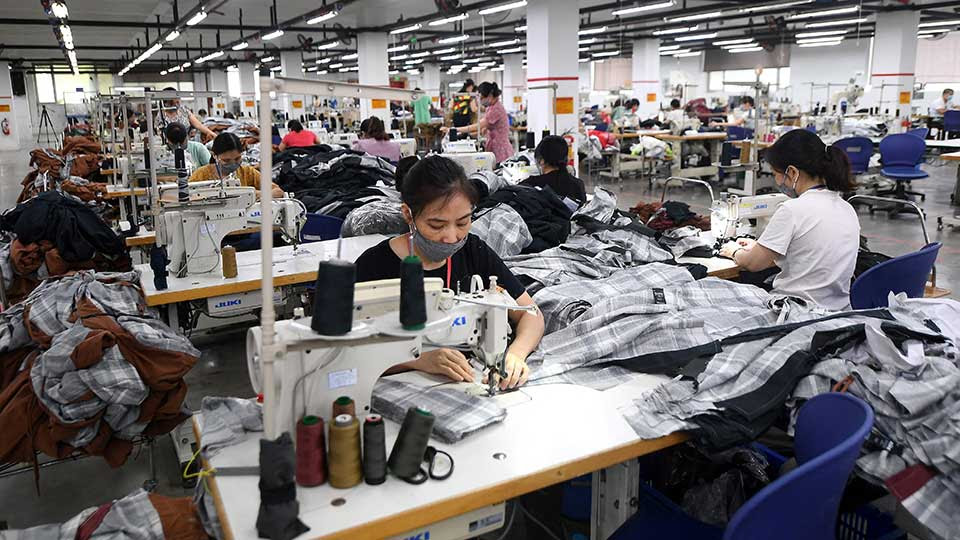
Chinese companies are pouring into Vietnam, but rising costs and fragile foundations raise questions about how long the boom can last.
Vietnam’s GDP grew 7.52% in the first half of 2025, recording its fastest first-half growth in 15 years. A record number of Chinese firms are following the trend, with over 390 companies registering in Q1 alone, a 30% increase from last year.
If this pace continues, more than 1,500 Chinese enterprises could set up shop in Vietnam by year’s end. A recent feature from the business news outlet 霞光社 (Xiaguangshe) explores what’s behind the boom and whether Vietnam is still the low-cost haven it’s perceived to be.

While Vietnam has profited handsomely from U.S.-China trade tensions, acting as a middleman in global supply chains, rising operational costs are eroding its competitive edge. The piece offers one striking data: industrial rents in major Vietnamese hubs are now nearly on par with Chinese manufacturing zones. In Ho Chi Minh City, average factory rent is $4.10 per square meter, with peaks of $8—comparable to $4.20 in Suzhou, $3.60 in Dongguan, and even $2.50 in Chengdu. As Vietnam loses its rent advantage, global manufacturers are eyeing newer cost frontiers like Cambodia, Bangladesh, India, and Mexico.
The article also highlights Vietnam’s industrial weaknesses: poor local supply chain integration, a workforce short on skilled labor, and limited tech spillover from foreign giants like Samsung. Vietnam’s manufacturing boom is heavily export-dependent and assembly-driven, offering little domestic value-added. And recent U.S. tariff hikes on Vietnam-routed goods show how quickly its strategic position can be undermined.
Why Is This Important?
As Western companies scramble to “de-risk” from China, many see Vietnam as the next factory of the world. But this article warns: Vietnam’s rise may be more fragile and more expensive than it looks. With rents climbing and value chains shallow, Vietnam could soon face the same outsourcing pressures it once benefited from.









